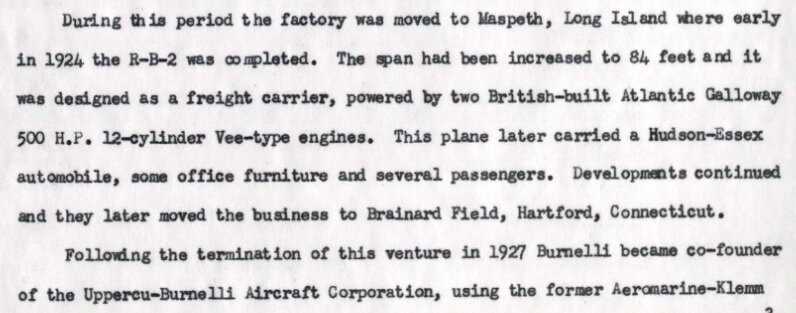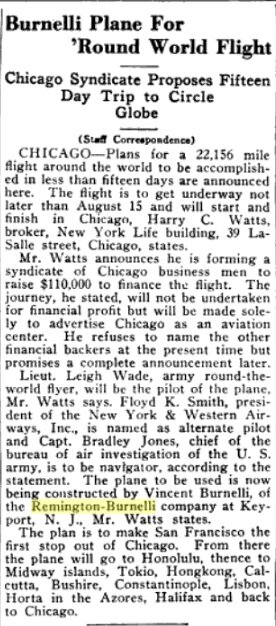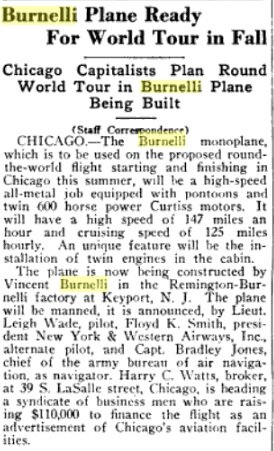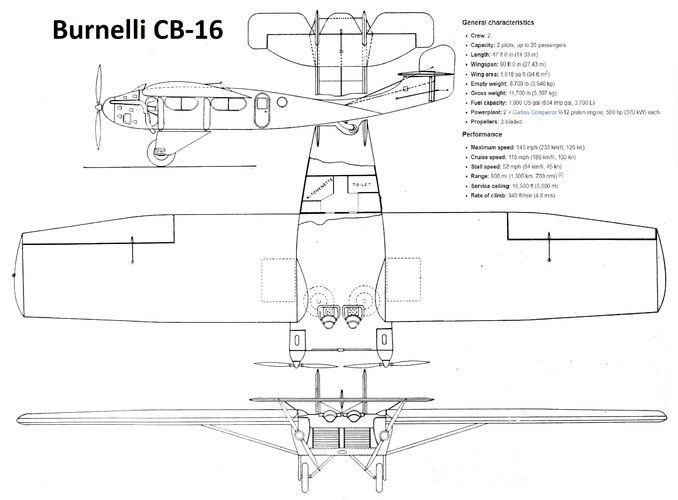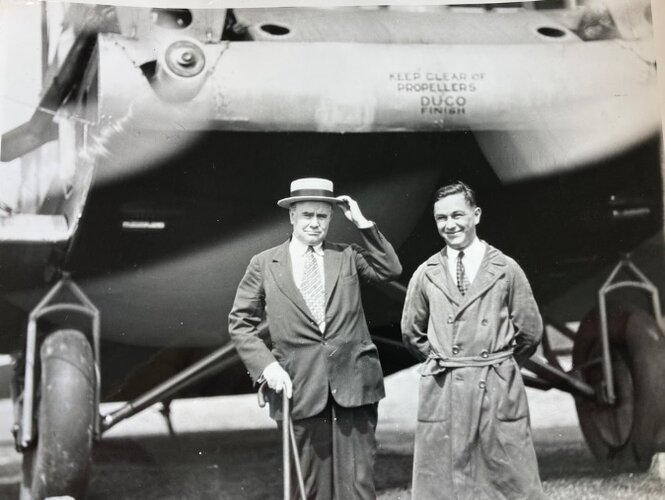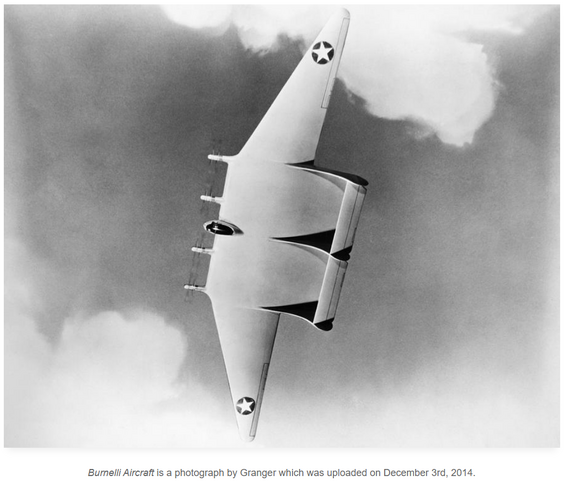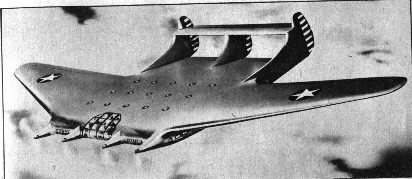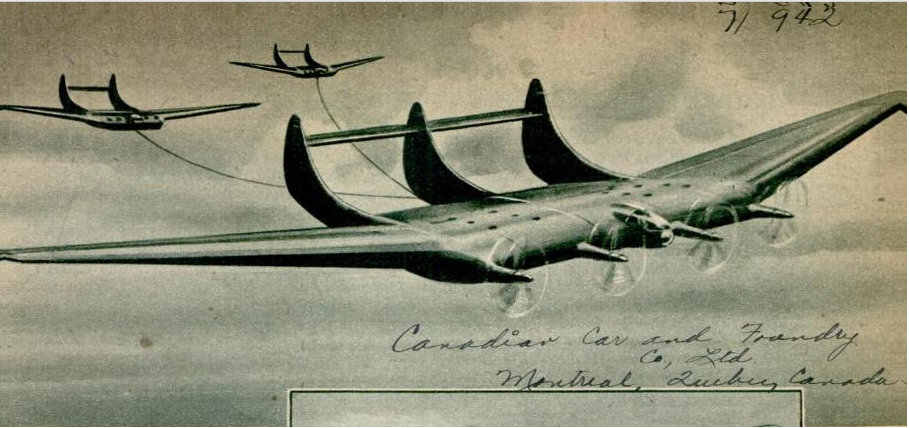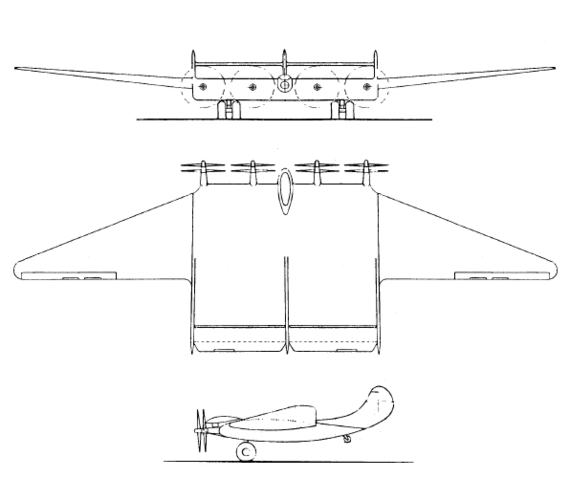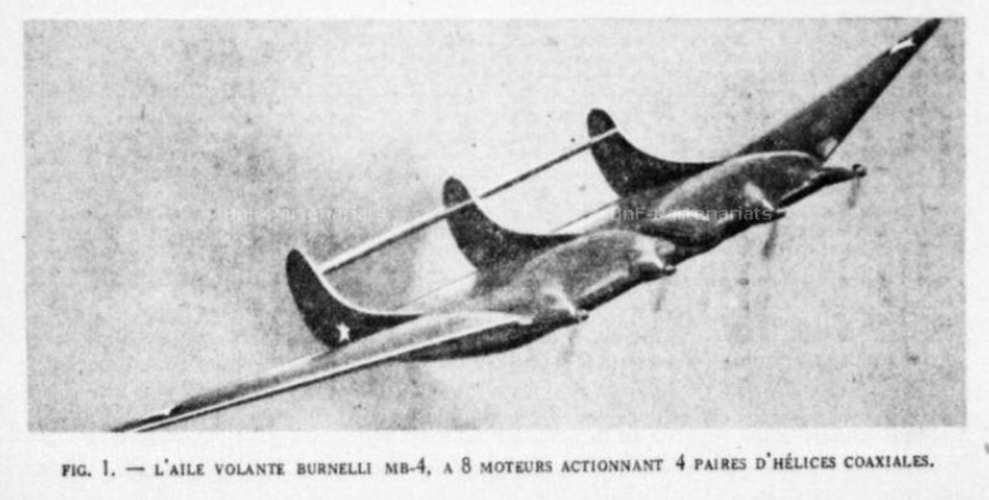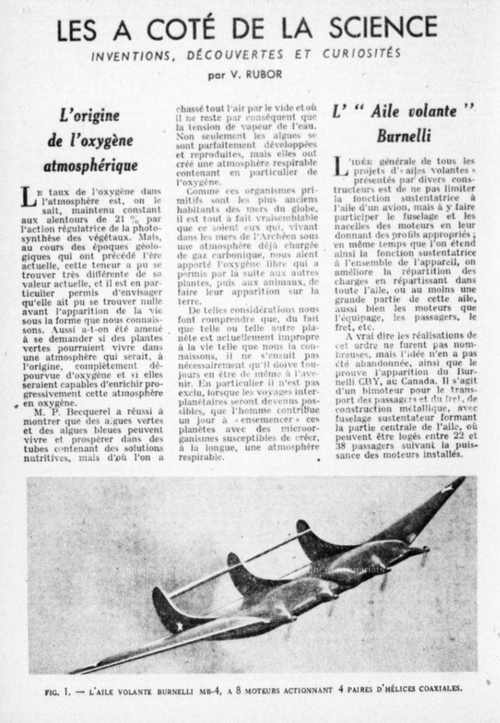From Feb 18, 1926 Automotive Industries Magazine
Remington-Burnelli RBL-6
Single engine, Tractor monoplane, 8-seat passenger/freight, land-based aircraft.
Specifications: 400 hp, V12 Liberty, water-cooled. 36 ft length, 8.5 ft height, 54 ft wingspan. Weight empty 4600 lbs, Weight gross 7400 ibs, useful load 2800 lbs. 120 mph max speed, 102 mph cruise at 10,000 ft., landing speed 58 mph. Wing chord average 9 ft 3 in., 640 sq ft wing area. Tail surface area 68 sq ft, vertical tail surface area 36 sq ft. Sweepback angle 0 deg.

